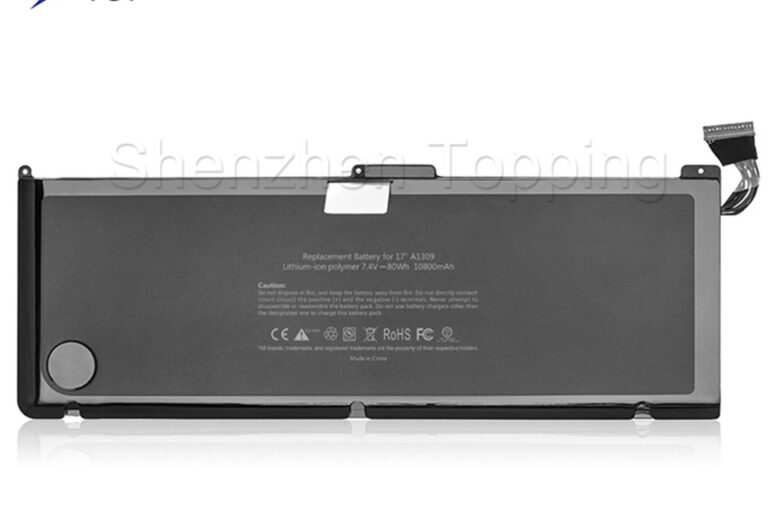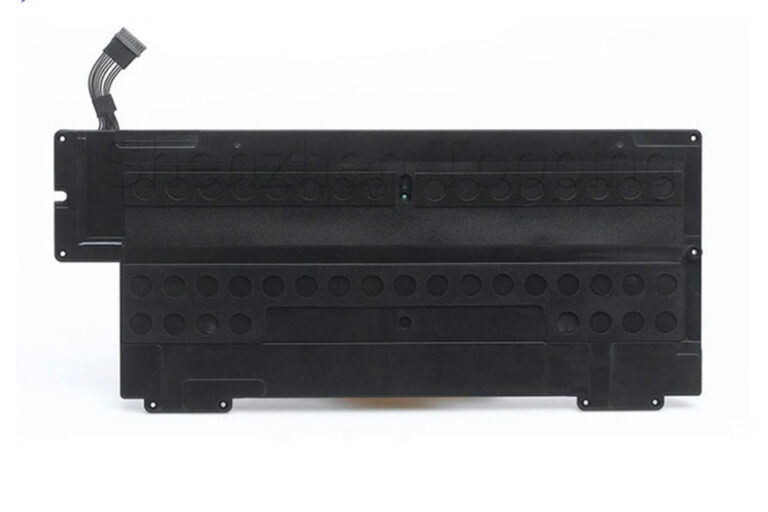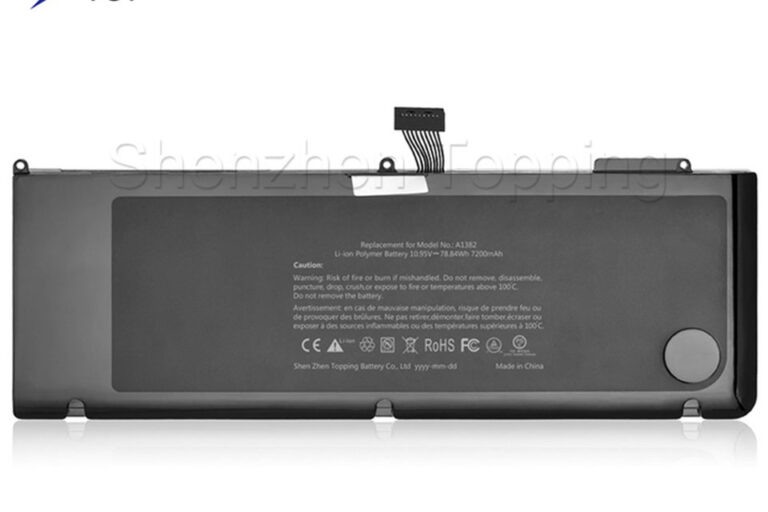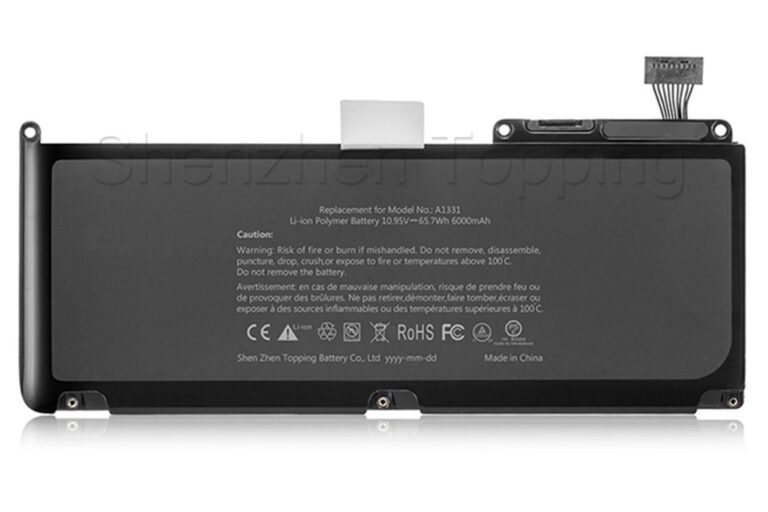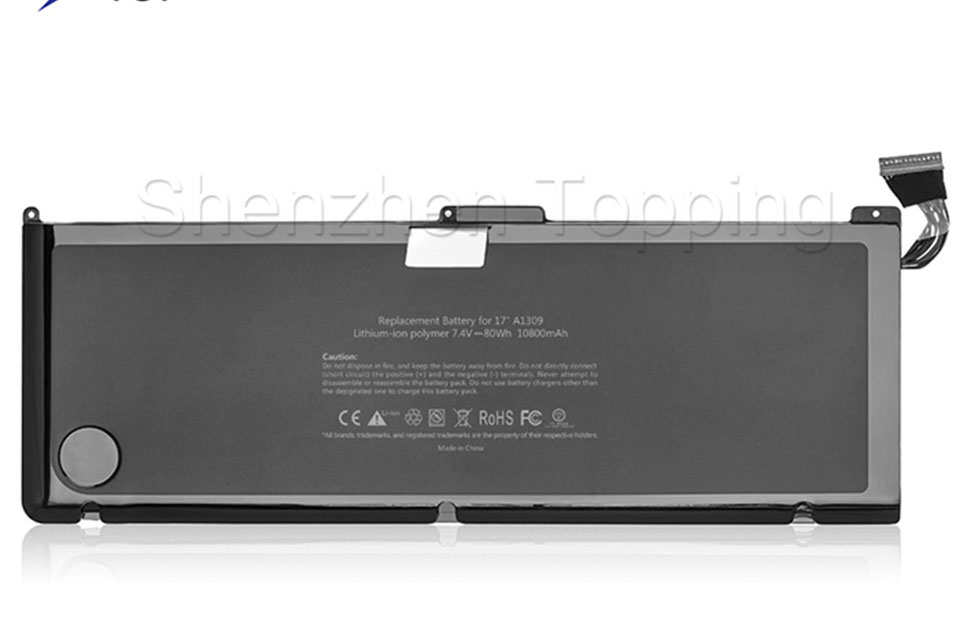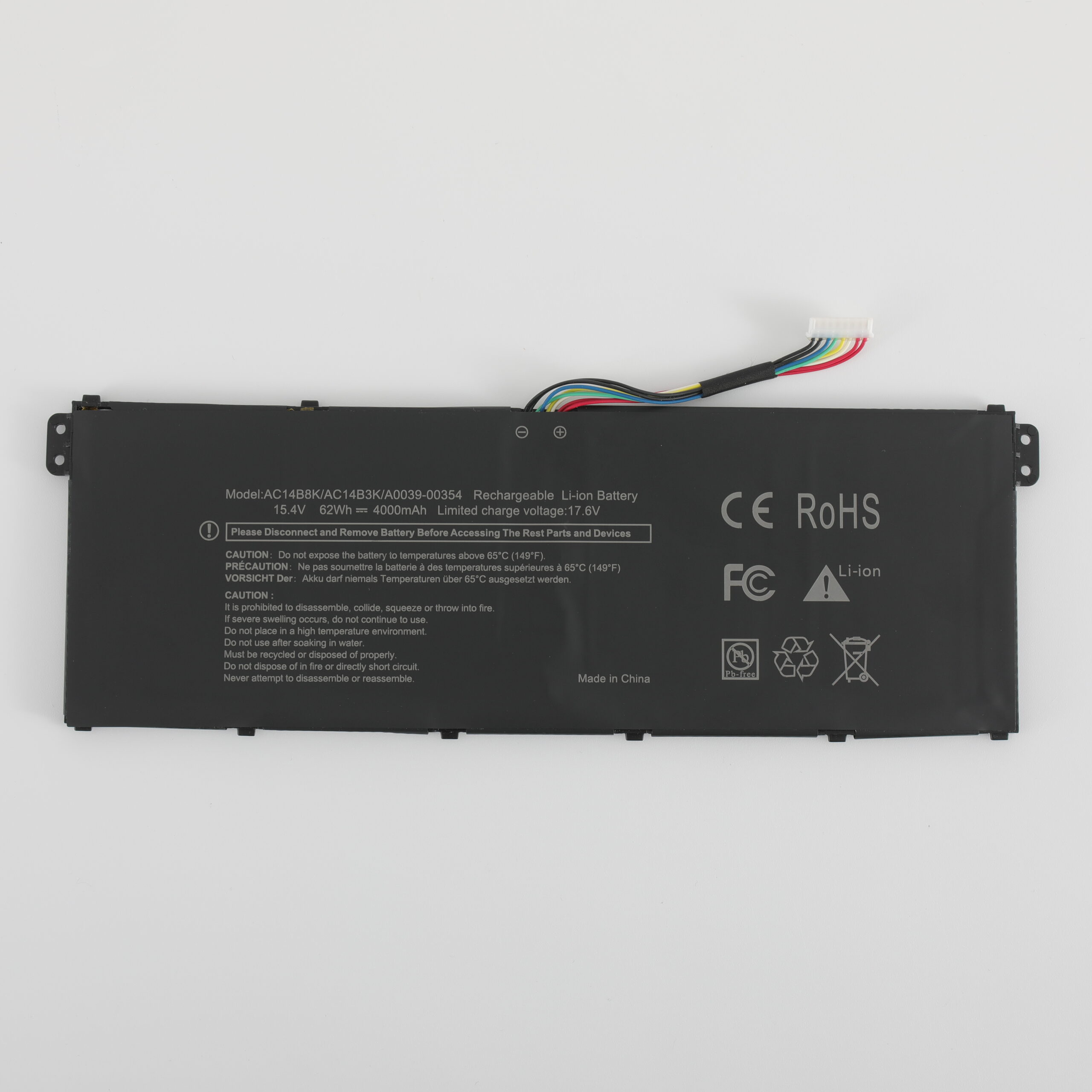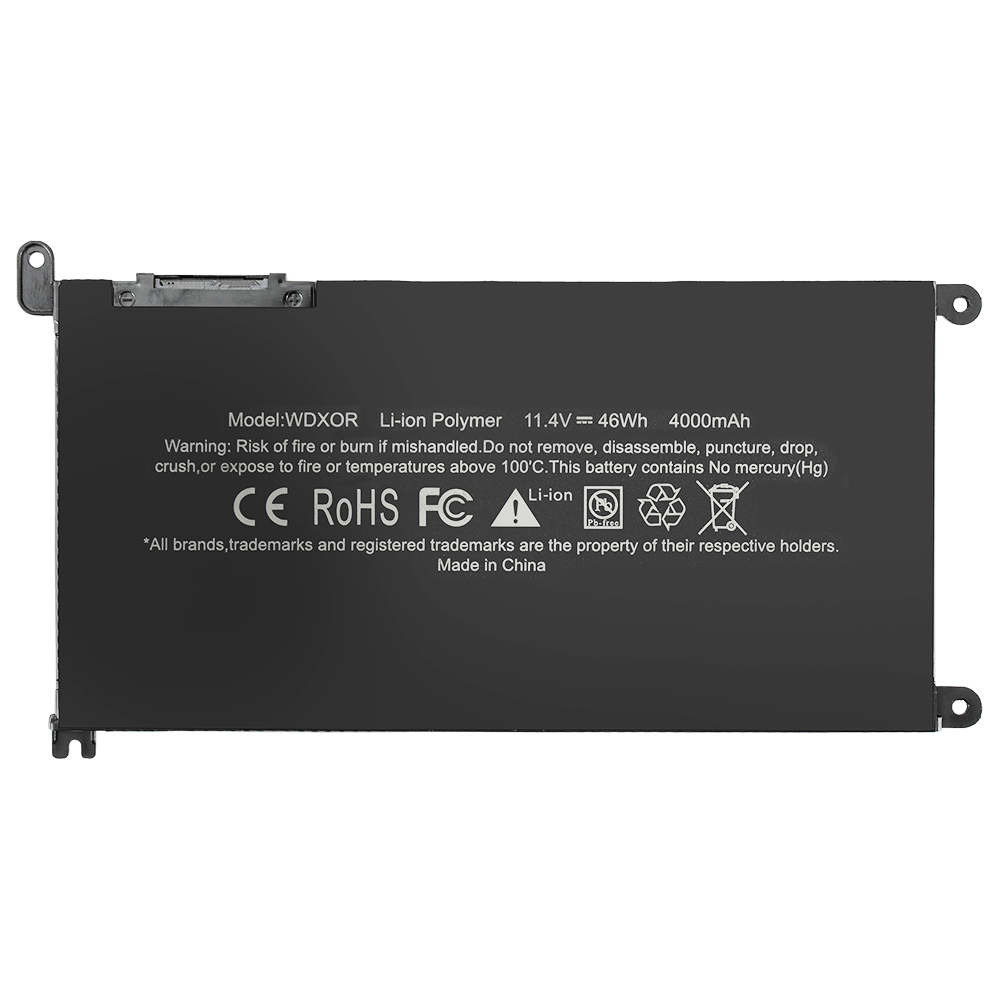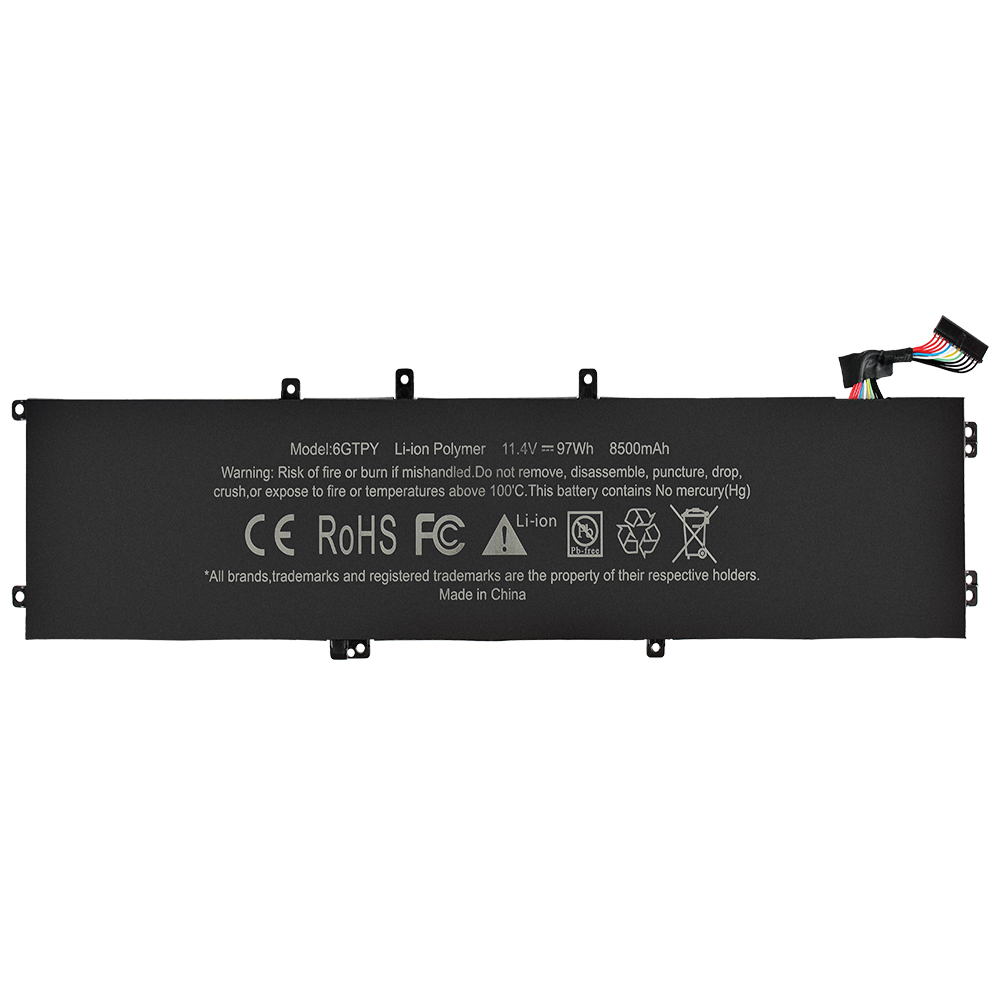-
Longshan 5th Rd, Xingsheng County,Longgang Street, Shenzhen
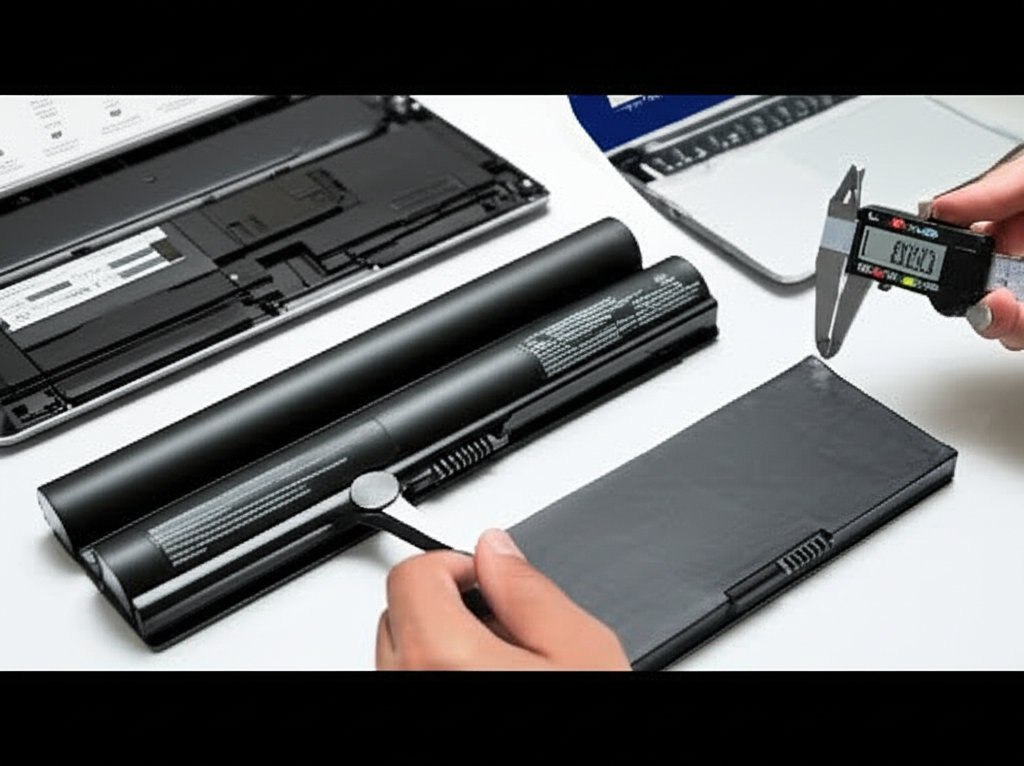
How to Choose the Right Replacement Laptop Battery: A Step-by-Step Guide
Is your laptop computer lacking power quickly? Does it closed down instantly? Possibly your battery is inflamed or will not bill in all. These are solid indications you require a brand-new battery. Today, I’ll reveal you exactly how to pick a risk-free, resilient substitute. You’ll discover what to search for, exactly how to examine battery health and wellness, and the finest locations to obtain a battery you can rely on. Allow’s make your laptop computer job fresh once again.
Table of Contents
Why Change Your Battery? (Indications You Required a New One)
You may require a brand-new battery if you see any one of these:
- Fast draining pipes: Your laptop computer maintains shedding power rapidly.
- Not holding a cost: It just functions when connected in.
- Puffy battery: The instance looks puffy or twisted. Immediate!
- Laptop computer closes down on its own: This implies your battery health and wellness misbehaves.
- Battery health and wellness is reduced: Usage battery monitoring software program to examine.
Battery health and wellness is so essential! It informs you exactly how well your battery functions currently contrasted to when it was brand-new. A Lot Of lithium-ion laptop computer batteries will certainly last 2 to 4 years or undergo 300-500 cost cycles prior to they obtain weak. If your laptop computer reveals these signs of falling short laptop computer battery, it’s time for an adjustment.
Exactly How to Discover the Right Battery for Your Laptop Computer
Action 1: Know Your Laptop computer’s Design and Battery
- Seek a sticker label under.
- Or examine “System Details” (on Windows or macOS).
- Open up the battery cover if you can. You’ll see numbers like “Dell XCMRD” or “Apple A1496”.
- Beware! Eliminate the battery carefully.
- The brand-new battery should fit!
PRO IDEA: Some laptop computers make use of a non-removable battery. If so, you might require an expert to assist.
Recognizing Battery Specs
Allow’s speak about numbers! Below’s exactly how to review your battery specifications.
| Requirements | What It Indicates | Why It Issues |
|---|---|---|
| Voltage (V) | The power supplied. | Need to match your laptop computer (e.g., 10.8 V vs 11.1 V). |
| Capability (mAh or Wh) | How much time the battery can last. | Extra = longer usage. See to it it fits! |
| Watt-hours (Wh) | Voltage x Ah (or V x mAh/1000). | Reveals complete power capability. |
| Cell Matter | Variety of battery cells inside. | Extra cells can imply greater capability, often bigger dimension. |
Exactly How to Pick the Right Substitute Laptop Computer Battery
An Infographic Overview to Making the Smart Selection
Is Your Laptop Computer Battery Stopping Working?
Do not allow a passing away battery connection you to an electrical outlet! Selecting the appropriate substitute can recover your laptop computer’s transportability and prolong its life. However exactly how do you choose the excellent one?
Ordinary Life Expectancy
2-4 Years
Cycle Matter
300-500 Cycles
Substantial Destruction
Listed Below 80% Capability
Recognizing Secret Battery Specs
Voltage (V)
Essential for Compatibility. Need to match your initial battery or be within a risk-free, approved variety (e.g., 10.8 V suitable with 11.1 V, 14.4 V with 14.8 V) validated for your particular version. Inequality can trigger problems.
Capability (mAh/ Wh)
Suggests Runtime. Greater numbers imply longer battery life. Watt-hours (Wh) is a much more precise procedure of complete power (Voltage x Ah). Pick typical or high-capacity alternatives based upon your demands.
OEM vs. Aftermarket Batteries: The Cost-Quality Compromise
OEM (Initial)
Pros: Surefire compatibility, premium quality, safety and security.
Disadvantages: High expense, often restricted accessibility.
Aftermarket (Third-Party)
Pros: Reduced expense (30-60% much less), wide range.
Disadvantages: Quality very variable, possible safety and security dangers from inadequate vendors, no assurance of OEM cell high quality. Inspect trusted vendors & evaluations!
Prioritize Safety And Security & High Quality
Qualifications
Seek CE, FCC, RoHS, and preferably UL (for more stringent electric safety and security). These show adherence to safety and security requirements. Stay clear of batteries without clear accreditation marks.
Cell High Quality
Respectable aftermarket batteries make use of top quality cells from suppliers like Samsung, LG, or Panasonic. Inexpensive batteries usually make use of common, lower-grade cells which can be unstable or hazardous.
IMMEDIATE CAUTION: Swollen Battery!
If your battery is inflamed, quit utilizing your laptop computer instantly! Do NOT bill it. Puffy batteries are a fire danger. Eliminate it very carefully ideally (look for expert aid for interior batteries) and take care of it effectively at an e-waste center. This is not a “selection” however a prompt safety and security activity.
Recognizing Your Look: Why You’re Below
- Issue Medical diagnosis: Validating falling short battery signs.
- Recognition Assistance: Exactly how to discover the * right * component for * your * laptop computer.
- Recognizing Choices: Understanding specifications & selecting in between OEM/Aftermarket.
- Depend on & Safety and security: Exactly how to recognize trustworthy vendors & stay clear of risks.
- Efficiency Expectations: What to get out of a brand-new battery.
- Practical Tips: Where to purchase & exactly how to install/care for it.
You desire sensible, workable suggestions to recover your laptop computer’s capability securely!
Make a notified choice and offer your laptop computer a brand-new lease on life!
Voltage– The Principle
Constantly match voltage As an example, the majority of laptop computers enjoy with 10.8 V and 11.1 V or 14.4 V and 14.8 V batteries, as long as your laptop computer’s guidebook states so. If not sure, ask your vendor or see their suitable laptop computer battery finder
Initial vs Third-Party Batteries
OEM (Initial Tools Supplier) Battery
- Pros: Assured fit, premium, secure.
- Disadvantages: Can be costly, not constantly simple to discover.
Aftermarket (Third-Party) Battery
- Pros: Reduced expense, even more selections, might provide greater capability.
- Disadvantages: Numerous high quality, might trigger compatibility problems, phony items feasible.
What to Inspect Prior To Purchasing Third-Party:
- Vendor online reputation and actual client evaluations.
- Safety and security accreditations: CE, FCC, RoHS, UL
- Battery cell high quality: Seek names like Samsung, LG, Panasonic They are leading battery cell manufacturers.
- Service warranty and clear return plan.
- See if the battery is accredited substitute laptop computer battery
Want aid searching for OEM or top quality battery substitutes? Look into alternatives like our [OEM Laptop Battery Factory Battery] for various brand names.
What to Seek When Purchasing a Laptop Computer Battery
Usage this list:
Exactly How to Mount Your New Battery
There are 2 methods to change a battery:
- Outside batteries: Easy! Simply clip out the old and break in the brand-new.
- Interior batteries: Might demand devices and treatment with cables. If you see a caution, take your laptop computer to an expert.
Constantly disconnect your laptop computer and deal with a non-metal table. Manage your battery securely.
Deal With Your New Battery
- Adjust your battery: Bill it to 100%, after that make use of up until 10% left. Do this when.
- Do not maintain it at 0% or 100% regularly.
- Stay clear of severe warm Warm laptop computers imply much shorter life!
- Usage battery monitoring software program to examine battery health and wellness and cycle matter.
- Reuse old batteries It benefits the world and your safety and security.
Contrast Batteries: Information Table
| Subject | Data/Fact/Advice |
|---|---|
| Ordinary Life Expectancy | 2-4 years or 300-500 cycles |
| Swollen Battery | Immediate! Eliminate as soon as possible |
| Voltage Matching | Essential; check version details |
| OEM vs Third-Party Cost | Aftermarket conserves 30-60% on expense |
| Battery Qualifications | Seek CE, FCC, RoHS, UL |
| Recycle Price (The United States And Canada) | Just around 5%! Constantly reuse batteries effectively |
Why Pick SHENZHEN GARNISH BATTERY CO., LTD?
You desire the most effective for your laptop computer. At SHENZHEN GARNISH BATTERY CO., LTD, we blaze a trail in MacBook substitute batteries and extra.
- We provide customized manufacturing– demand OEM/ODM solution? We do it!
- Quick shipment– your battery, when you require it.
- High quality and safety and security initially– all our batteries have CE, FCC, RoHS Qualification, and extra.
- We make use of just premium quality battery cells from leading manufacturers like Samsung, LG, and Panasonic.
- Our batteries collaborate with several brand names: MacBook, Acer, HP, ASUS, Lenovo, Apple, and extra.
Intend to see actual item selections? Discover our Apple Battery, Dell Battery, and Lenovo Battery options currently.
Recover Your Laptop computer’s Life
Selecting the appropriate substitute laptop computer battery issues. Below’s what you require to do:
Return to function and have fun with a battery that stays up to date with you. Count On SHENZHEN GARNISH BATTERY CO., LTD for high quality you can see and rates you can rely on.
Recommendations
All set to make your laptop computer brand-new once again? Discover the appropriate battery currently. Be secure. Make sure. Be powered up.

